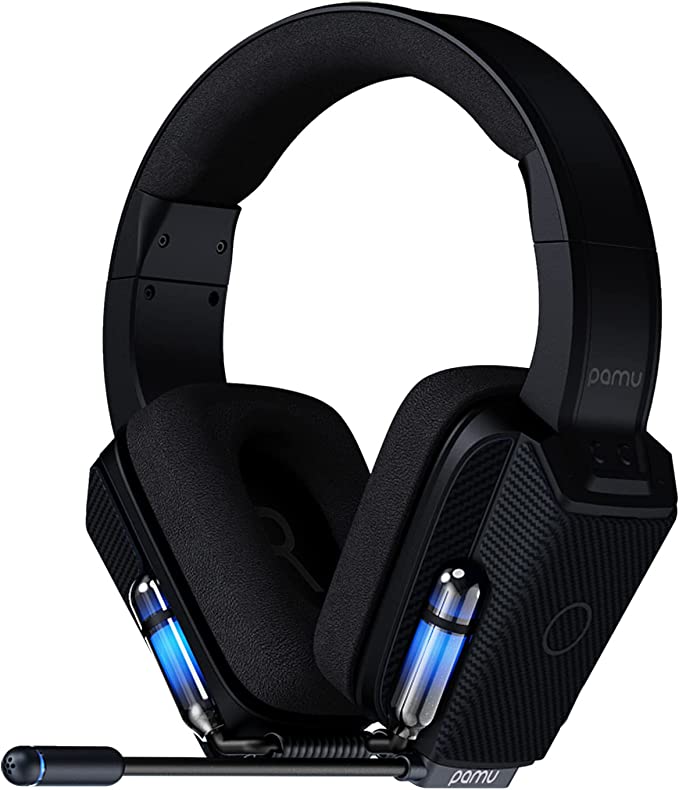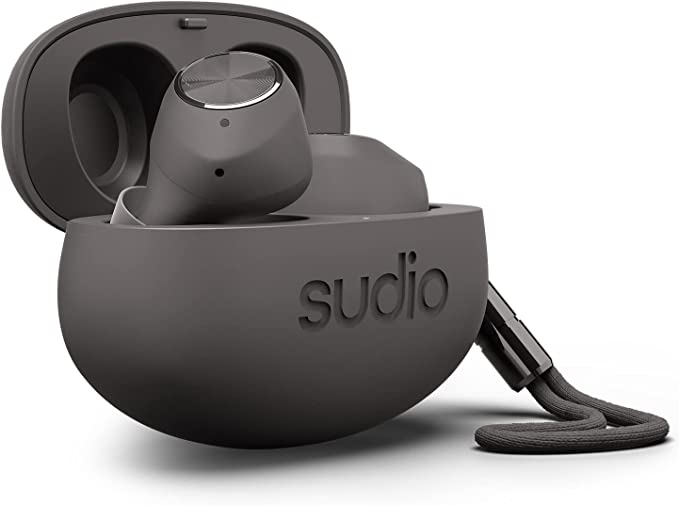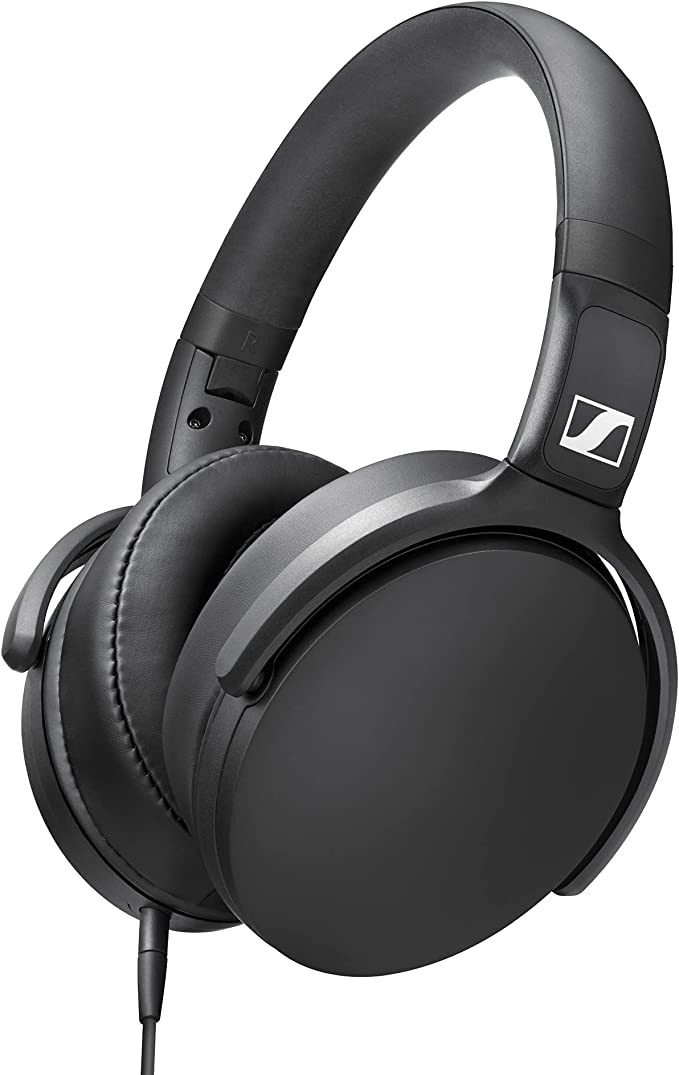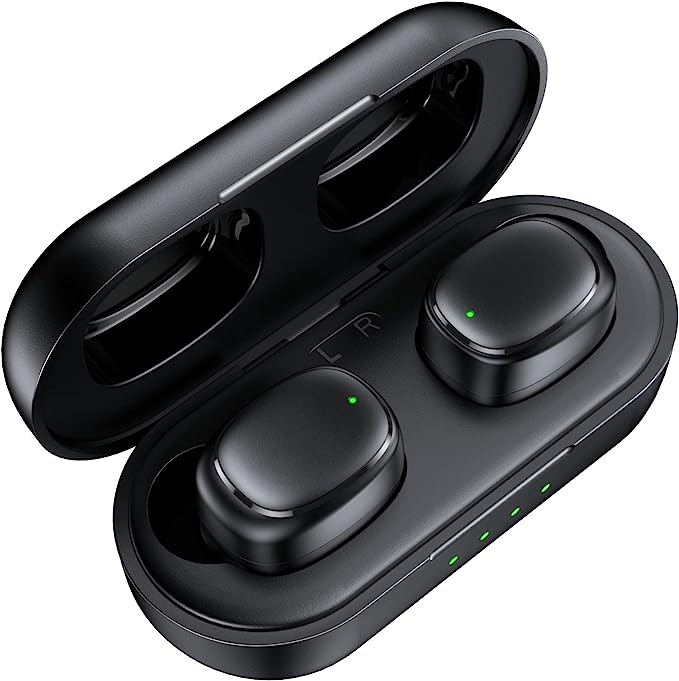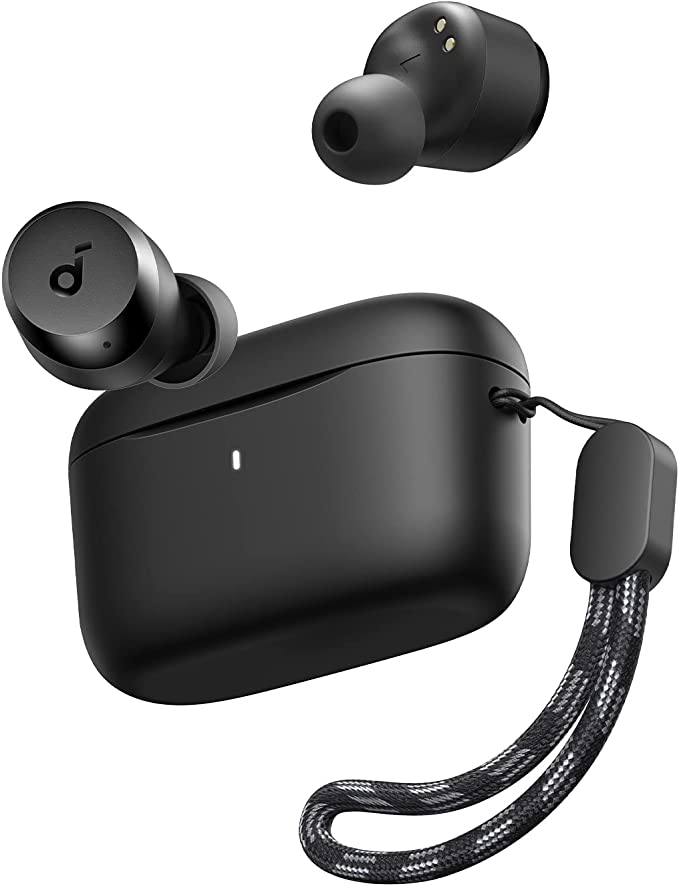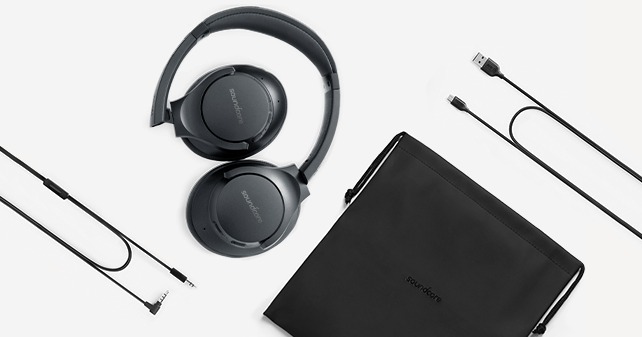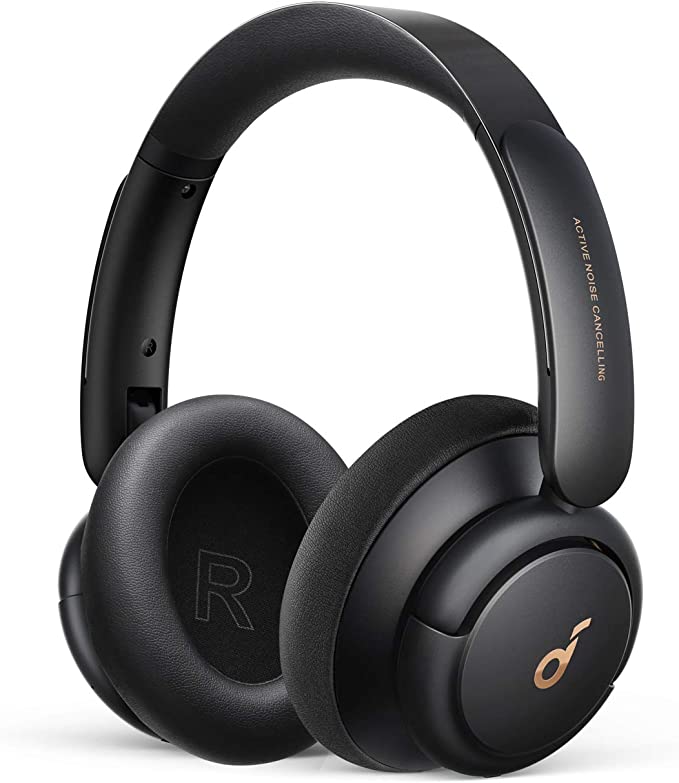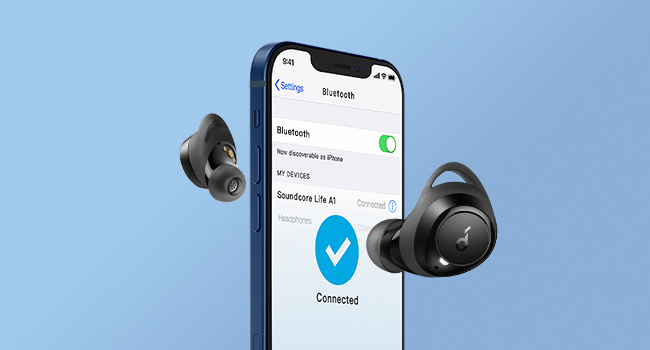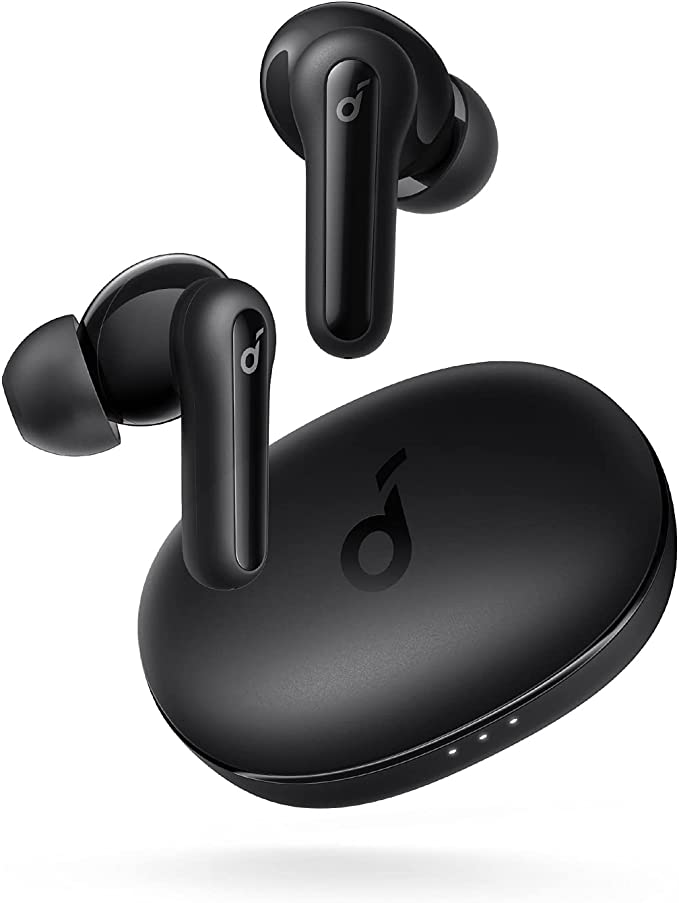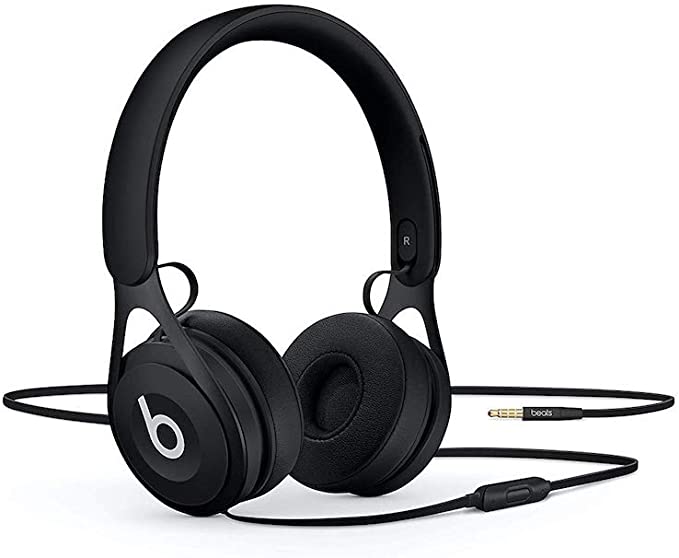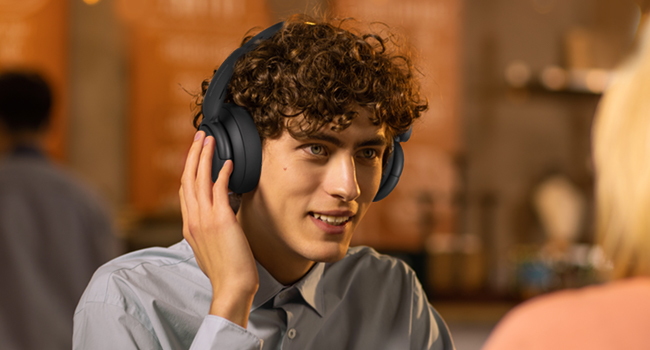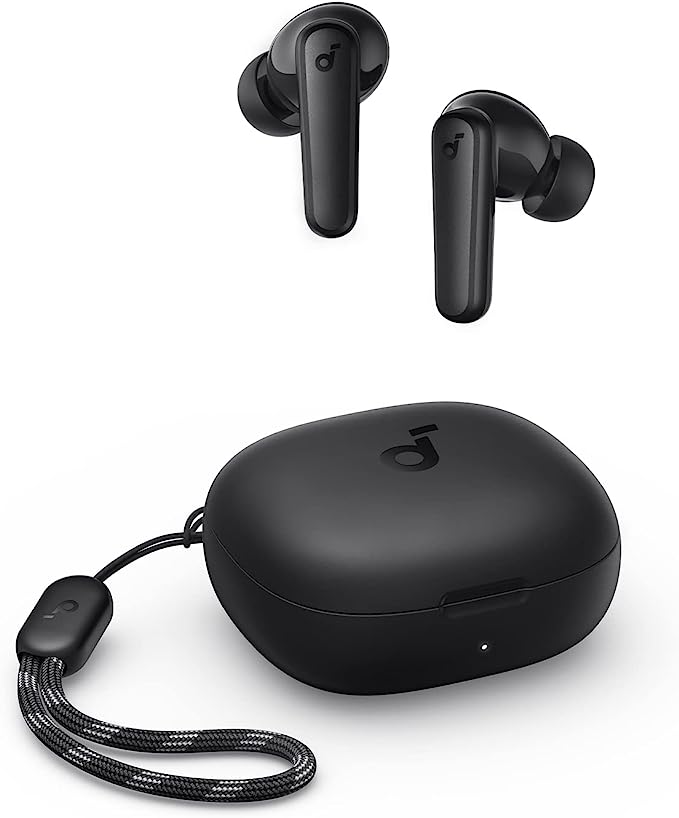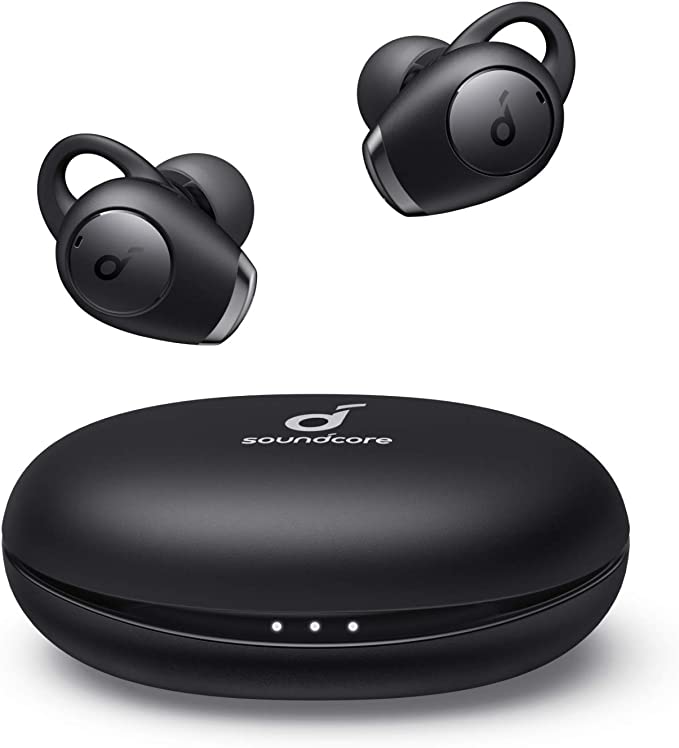Magic Sing E5+ Karaoke System: Bring the Concert Home with 5000+ Songs & Wireless Mics
Update on March 21, 2025, 3:10 p.m.
Karaoke. The word conjures images of fun-filled nights with friends and family, belting out favorite tunes, and maybe even a little friendly competition. But for those who’ve wrestled with bulky machines, tangled wires, and limited song selections of older karaoke systems, the experience can sometimes be more frustrating than fun. The Magic Sing E5+ represents a significant leap forward, transforming the home karaoke experience with cutting-edge technology.

Beyond the Mic and Screen
The Magic Sing E5+ isn’t just another karaoke machine. It’s a sophisticated system that combines wireless microphone technology, digital audio processing, and seamless app integration to deliver a professional-quality karaoke experience in the comfort of your home. It addresses many of the pain points of older systems, eliminating the clutter of wires, expanding song choices exponentially, and dramatically improving sound quality. All of this in a easy to use system.
Cutting the Cord: How Wireless Microphones Work
One of the most significant advancements in modern karaoke systems is the use of wireless microphones. No more tripping over cables or limiting your dance moves! The Magic Sing E5+ comes with two wireless microphones, allowing you and a friend to duet or take turns without any cord-related restrictions.
But how do these wireless wonders work? They rely on radio frequency (RF) transmission, similar to how a radio station broadcasts music to your car stereo. The microphone itself contains a small transmitter. This transmitter converts the sound waves from your voice into electrical signals, and then modulates those signals onto a carrier wave. It sends it through the air. The base unit of the E5+ contains a receiver, tuned to the same frequency as the microphone’s transmitter. The receiver picks up the radio waves, demodulates them (extracting the audio signal), and sends that signal to the sound system.
While the provided documentation doesn’t explicitly state the frequency band used by the E5+’s microphones, it’s highly likely to be in the 2.4 GHz range. This band is commonly used for many wireless devices, including Wi-Fi routers and Bluetooth devices. The advantage of the 2.4 GHz band is that it offers a good balance between range, data transfer rate (important for high-quality audio), and cost-effectiveness.
A crucial aspect of wireless microphone technology is preventing interference. Imagine multiple wireless devices operating in the same area – the signals could clash, causing dropouts, static, or other audio problems. To mitigate this, the E5+ likely employs techniques like frequency hopping or digital spread spectrum technology. Frequency hopping involves rapidly switching between different channels within the 2.4 GHz band, making it less likely that two devices will interfere with each other for an extended period. Digital spread spectrum, on the other hand, spreads the signal across a wider range of frequencies, making it more resistant to narrow-band interference.
Sounding Your Best: The Science of Digital Audio Processing
Even the best microphone can’t make up for poor audio processing. The Magic Sing E5+ incorporates digital signal processing (DSP) to enhance your vocal performance and create a more immersive karaoke experience. DSP is essentially the manipulation of audio signals in the digital domain. After your voice is converted from an analog signal (sound waves) to a digital signal (a series of numbers) by an analog-to-digital converter (ADC), the DSP chip can apply a variety of effects.
One common effect is echo, which creates a sense of space and depth by adding delayed repetitions of your voice. This is achieved using digital delay lines – essentially, the DSP chip stores a short segment of your vocal signal and plays it back after a specified time interval. The reverb effect is similar, but more complex. It simulates the reflections of sound waves in a physical space, creating a richer, more natural sound. Reverb is often created using algorithms that model the impulse response of a room – the way sound would decay in that environment.
Another crucial DSP function is equalization (EQ). EQ allows you to adjust the balance of different frequencies in your voice. For example, you might boost the bass frequencies to add warmth or reduce the treble frequencies to tame harshness. The E5+ likely offers preset EQ settings, allowing you to tailor the sound to your voice and preferences. The E5+ also allows you to do this using a built in mixer.
Singing with your phone: The Magic Sing App
The Magic Sing E5+ takes karaoke to the next level with its companion app, available for both iOS and Android devices. The app connects to the base unit via Wi-Fi, transforming your smartphone into a powerful remote control and song management tool. The base unit, and your phone communicate with each other using your homes WIFI.
The app provides several key benefits. First, it gives you access to a vast online library of karaoke songs through a subscription service. This significantly expands the song selection beyond the 5000+ built-in songs. The online library includes songs in multiple languages, catering to diverse musical tastes.
The app also streamlines the song selection process. You can browse songs by title, artist, genre, or language, and create custom playlists for your karaoke sessions. You can even queue up songs, so there’s no awkward silence between performances. The app essentially acts as a client, requesting songs from a remote server (the Magic Sing song database) and streaming the audio and video data to the base unit.
The 5000+ built in songs are different. These songs are stored directly on the base unit. Meaning that you don’t need a WIFI connection to be able to use these songs.

Connecting It All Up: Inputs, Outputs, and You.
The Magic Sing E5+ is designed for easy setup and integration with your existing home entertainment system. It features both RCA and USB connectors.
RCA connectors are the classic analog audio and video connectors, often identified by their red, white, and yellow colors. The red and white connectors carry the stereo audio signal (left and right channels), while the yellow connector carries the composite video signal. You would typically use these connectors to connect the E5+ to an older television or a dedicated karaoke sound system.
The USB port, on the other hand, offers a digital connection. This port can potentially be used for several purposes: updating the E5+’s firmware, playing media files (like MP3s or video files) from a USB drive, or even connecting to a computer for more advanced audio routing.
The E5+ includes an auxiliary output. You can use this output to connect to your Home theather, Stereo system or soundbar. Allowing for a great sounding experience.
Karaoke Troubleshooting
Like any electronic device, the Magic Sing E5+ might occasionally encounter some hiccups. Here are a few common issues and potential solutions:
- No sound from the microphones: Make sure the microphones are turned on and have fresh batteries. Check the volume levels on both the microphones and the base unit. Ensure the microphones are within range of the base unit.
- Audio delay (latency): Wireless systems can sometimes experience a slight delay between when you sing and when you hear the sound. Try reducing the distance between the microphones and the base unit. If the delay is excessive, check for potential sources of interference (other wireless devices).
- App connectivity issues: Ensure both your smartphone and the E5+ base unit are connected to the same Wi-Fi network. Try restarting the app and the base unit. Check for app updates.
- Song issues: Make sure you have a stable internet connection if you are connected using the MagicSing app.

The Evolution of Karaoke
The Magic Sing E5 is a product of decades of Karaoke innovation. From the first machine being invented in 1971 by Daisuke Inoue, to the modern systems we have today. With built in wireless microphones, and instant access to thousands of songs. The karaoke machine continues to evolve, and get better.

